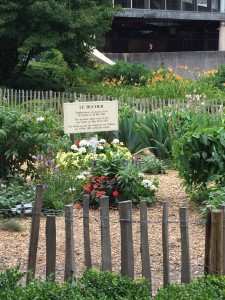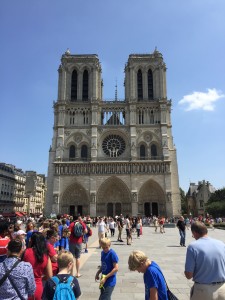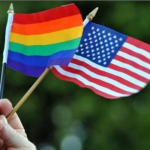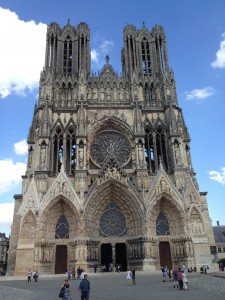
We left Vernon at 6 a.m. this morning for the town of Rouen, France.
After an excellent lecture on the life of Joan of Arc and a nice lunch we were off on our walking tour of Rouen.
Rouen is all about Joan of Arc. The references to her in Rouen are everywhere. She would probably be surprised to learn of her now favorable reception in the town that burned her at the stake.
Joan of Arc was a devout, single, seventeen-year-old when she claims she received instructions from God that Charles VII of France was to be crowned king and that God would be with him if he went to battle against the English to free France from English control. Joan convinced Charles she had heard from God when she told him something personal he had told no one else and she could not have known except God had revealed it to her.
Inspired and emboldened, Charles began to successfully engage the English in battle, was crowned King of France at Reims and reclaimed much of France from the English. In the end, however, Joan was captured by the English, who, for obvious reasons, were more skeptical of the source of her visions. They tried her, found her guilty of heresy, and in 1431, Joan was burned at the stake in the town square at Rouen. In 1920 Joan of Arc was canonized by the Catholic church as a saint. Continue reading “Seine River Cruise Travel Journal—Day 4”




